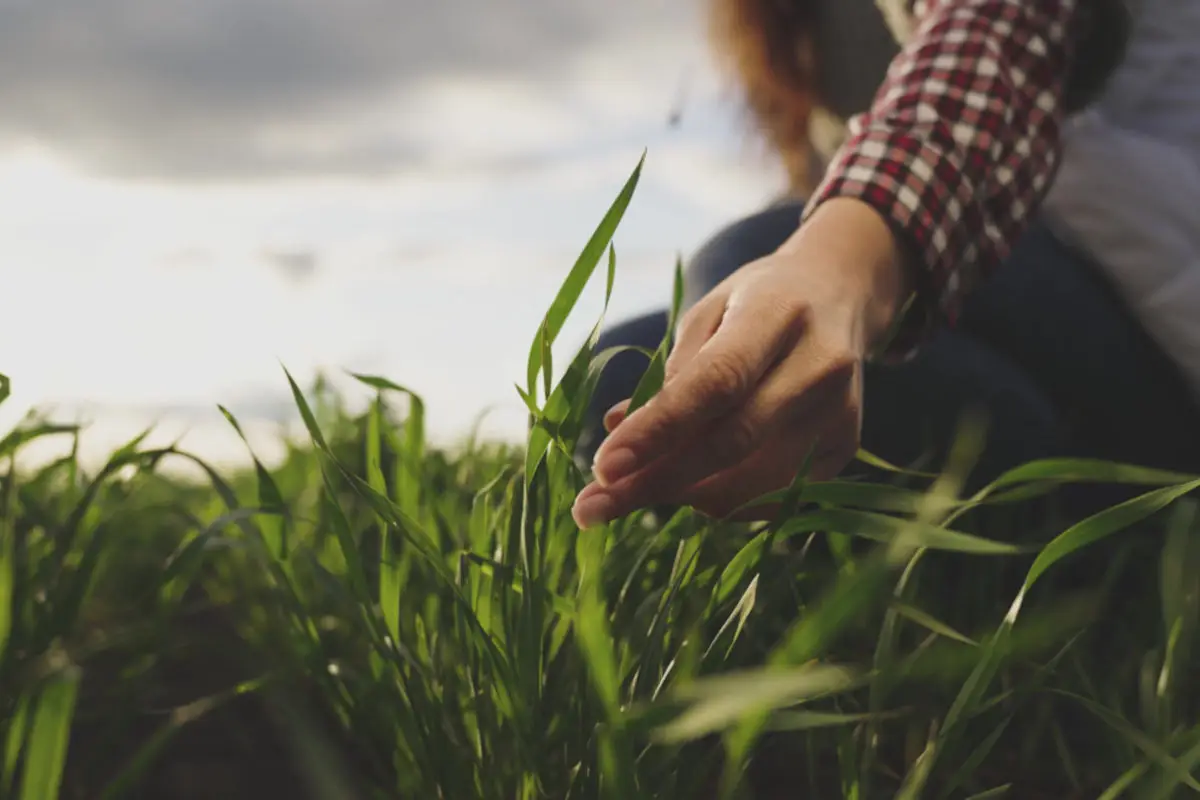Living Islands: Restoring Zanzibar’s Ecosystems for Generations
Project Summary
Living Islands is an ambitious, community-centered ecological restoration initiative focused on reviving and protecting the unique terrestrial and marine ecosystems of Zanzibar. With climate change, pollution, and over-exploitation threatening the archipelago’s delicate biodiversity, this project envisions a future where coral reefs thrive, mangrove forests regenerate, native species return, and communities lead the way in sustainable living.
This is not just about restoration—it’s about regeneration, resilience, and redefining Zanzibar’s relationship with its natural heritage for generations to come.

Vision
To transform Zanzibar into a model of sustainable island living by restoring vital ecosystems, empowering local communities, and promoting nature-based solutions to climate change.
Key Objectives
Restore Coral Reefs and Marine Ecosystems
- Replant 50,000 coral fragments using coral gardening and artificial reef structures.
- Establish 3 Marine Protected Areas (MPAs) co-managed with local communities.
Regenerate Mangrove Forests
- Plant 1 million mangrove seedlings across degraded coastal areas.
- Develop nurseries run by women’s cooperatives.
Re-wild Terrestrial Habitats
- Reintroduce 10 native species of flora and fauna to Jozani Forest and other degraded inland areas.
- Implement invasive species control programs.
Community Engagement & Sustainable Livelihoods
- Train 500 local youth in Eco-tourism, reef monitoring, and forest management.
- Launch a “Green Schools Zanzibar” program to integrate ecological education.
Climate Resilience and Policy Advocacy
- Integrate traditional knowledge with modern science to strengthen climate adaptation.
- Work with local government to embed restoration goals in district plans.
Timeline
Duration: 5 Years (2025–2030)
Phases:
- Year 1: Baseline studies, partnerships, nurseries & pilot sites.
- Year 2–3: Active restoration, training, and scaling.
- Year 4–5: Long-term monitoring, knowledge sharing, exit strategy.
Budget Overview (USD)
| Category | Year 1 | Year 2–3 | Year 4–5 | Total (USD) |
|---|---|---|---|---|
| Coral Reef Restoration | $150,000 | $300,000 | $150,000 | $600,000 |
| Mangrove Reforestation & Nurseries | $200,000 | $400,000 | $200,000 | $800,000 |
| Terrestrial Rewilding & Biodiversity | $100,000 | $200,000 | $100,000 | $400,000 |
| Community Training & Livelihoods | $120,000 | $240,000 | $120,000 | $480,000 |
| Education & Awareness Programs | $60,000 | $120,000 | $60,000 | $240,000 |
| Monitoring, Research & Evaluation | $80,000 | $160,000 | $160,000 | $400,000 |
| Policy Engagement & Stakeholder Dialogues | $40,000 | $80,000 | $80,000 | $200,000 |
| Project Management & Admin | $100,000 | $200,000 | $200,000 | $500,000 |
| Contingency & Emergency Fund (10%) | - | - | - | $362,000 |
| Total Estimated Budget | $3,982,000 | |||
Partners and Stakeholders
- Local: Community forest associations, fisherfolk cooperatives, women’s groups, schools.
- Government: Department of Environment, Ministry of Blue Economy, Zanzibar National Parks.
- NGOs/Academia: WWF Tanzania, Institute of Marine Sciences (IMS), local universities.
- International: UNDP, IUCN, Global Environment Facility (GEF), Blue Action Fund.
Why It Matters
Zanzibar’s biodiversity is not just a natural treasure—it’s a lifeline for its people. By restoring its living systems today, we are investing in a thriving, equitable, and climate-resilient future.

Get Involved
Whether you're a donor, NGO, researcher, or Eco-enthusiast—Living Islands invites you to be part of the movement. Together, we can create an island legacy that lasts for generations.